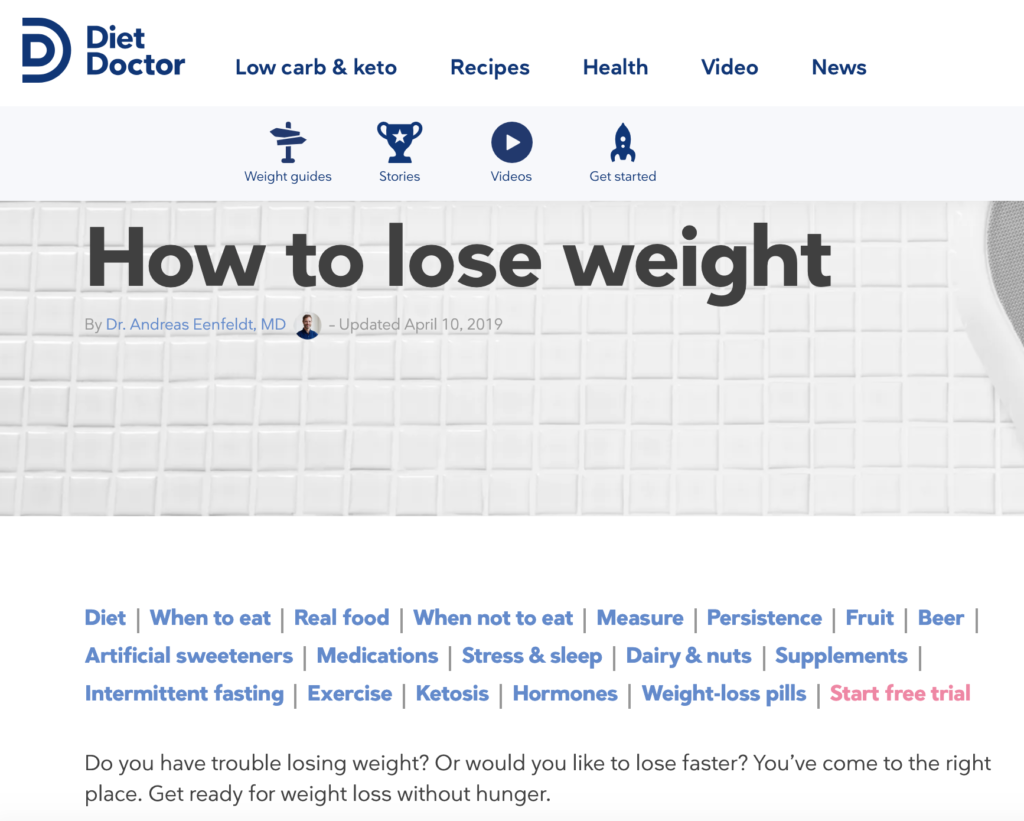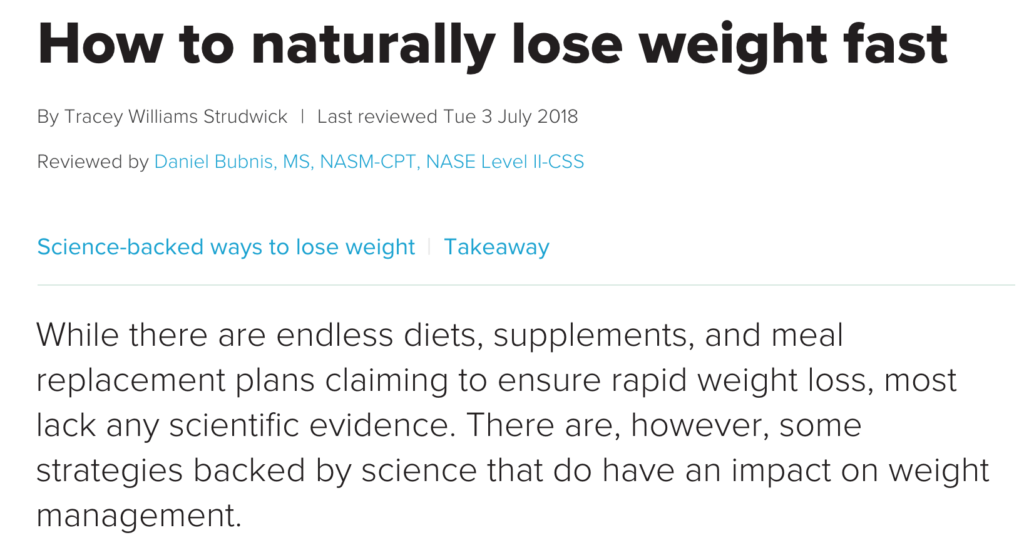Here is a blog introduction example from a post on finding a sales CRM (#1):
And then, here’s another introduction from a blog post on the same topic (#2):
I’m going to ask you which you prefer, but just hang on a second. Because I don’t really care which intro you prefer, the two introductions above aren’t for you.
They’re for sales managers at B2B enterprise sales organizations.
So just put yourself in their shoes for a bit.
It’s a Wednesday evening, you’re browsing your emails and social feeds on the train ride home from work. Your team is doing okay, but they should be doing better. You’re stressed, but not any more so than any other day.
You want to exceed your targets this quarter. You just hit them last quarter which the bosses were cool with but not super thrilled like you want them to be. You want a raise, you want your bonus. But none of this is new.
You’re 41, you’ve been doing this for 20 years. You first got into sales when you were fresh out of college and love it, now you lead sales teams. You know a lot about sales. Like a hell of a lot. Like, two decades worth.
You also know stuff is changing all the time. 20 years ago when you started there weren’t 400 competitors to Salesforce, now there are, and you know choosing the right one, that your reps actually use, is important and could help your career.
Your challenge in sales at the moment is that your team’s reporting is completely messed up and you think adding a new CRM to the mix will help with this.
Now let’s revisit the situation.
You see an article about sales CRMs on your commute home from work. You don’t have much time, but the headline piques your interest because you’re tired of the CRM your team is using (they’re not using it enough, a common problem) and you’re thinking about switching.
It’s one of 400 other things you’re thinking of doing.
Learn more about our course here.
Which Blog Introduction is Better?
Now, read those intros again.
Which one makes you feel like the author gets you?
There’s a right answer and it’s #2.
The second blog introduction is better. I’m not going to mince words, it’s just better.
Here’s why.
The first gives this elaborate high school paper style intro that says the most obvious things that the intended reader already knows.
(Remember in high school when you had to write a paper on, say, dogs, and you’d start with a sentence like “For centuries, dogs have been a great companion animal to humans.” That’s what I’m talking about.)
If you’re a 41 year old sales manager that has been doing this for 20 years, you don’t need to be told things like:
“Most growing businesses will need a CRM (Customer Relationship Management) system at some point in their lives.”
or…
Taking care of your customers is one of the most important tasks for any business.
Saying that makes you (and your company) look stupid.
Imagine going up to Jony Ive and saying something like “Design is an important part of building products consumers love.” You don’t need to tell him that!
But worse, it makes you look like a total fool. He designed the iPod, iPhone, and iPad. He knows design is important.
And your intended reader, the sales manager (the person who will make the purchase decision on a new CRM), knows that “Taking care of your customers is one of the most important tasks for any business.”
Blog posts that start off with high school paper intros immediately give away that the author doesn’t know you. That implies to some extent that they don’t really care about you. They don’t get you.
So why should you trust them?
Why should you keep reading?
Why should you opt in to their list or request a demo or contact sales?
Does this company really understand your needs?
If so, why did they have to tell you (a 20 year sales veteran) that most businesses will need a CRM at some point?
Better Blog Introductions Use the Specificity Strategy
The second blog introduction above doesn’t suffer from this high school intro syndrome.
Why?
Because it follows the strategy we use for writing blog posts in general: The Specificity Strategy.
It gets to the heart of a real, specific problem that real sales managers face in real life: their reps aren’t using their CRM. That’s an actual problem sales managers have. Specific blog content is good blog content.
(You can discover these problems with extensive user research.)
The introduction nails it, and as a result will immediately hook the target customer who is nodding along as they’re reading more.
Take a long hard look at your blog introductions and ask yourself if they are written for your target audience or written for a high school teacher reading a student’s paper on this topic.
If you’re trying to add high school students to your email list then so be it, but if you’re trying to sell a B2B product to industry veterans, then you might want to be more careful.
Blog Introduction Example: Bad
Let’s discuss a few examples so you can sense patterns of good versus bad blog post introductions. Let’s start with bad, so you know what to avoid.
Rhetorical questions that are too rhetorical: Content marketers giving advice on writing blog introductions love to tell you to start post with a question. Our problem with this is that really good, in depth pieces rarely start like this. What starts with questions? Scammy, cliche late night TV ads. And bad blog posts. The vast majority of the time the question is so basic it’s not one the target customer or reader would actually ask.
Here’s a B2C example: a blog post titled “How to Lose Weight” that starts with a question: “Do you have trouble losing weight?” The answer is “Yes of course! That’s why I’m reading this article!”

The question is unnecessary filler. It’s the sign of more cliches to come. How should the author start the post instead? He actually has a great option at the end of his first paragraph: Get ready for weight loss without hunger.
Now we’re talking!
It’s specific (as we mentioned above) and it’s unique. There are multiple options in his second and third paragraphs as well:

He could have started with a number of sentences in these and the post would immediately have sounded a lot more specific and original.
Blog Introduction Example: Good
In contrast, here’s an example of another article that ranks for “How to lose weight” that has a good introduction.

What’s nice about this opening is that immediately there is a contrarian view presented: most lack any scientific evidence. The second sentence promises that this post will solve this problem. This combination shows that the author has some know how on this topic. It gives you a great first impression of what’s in store in this post. It’s not going to be the same old regurgitated nonsense.
So if someone is Googling this term (or comes across it on social media) and opens on this post (in addition to others) the first thing they get is a sense of originality to this post: “Ok this is the one with the strategies backed by science.” This is how you grab a reader’s attention and convince them there is a great article to follow.
Note: We do more extensive writing tear downs like the one above with video commentary in our content marketing course. Learn more about it here.
How to Write a Blog Introduction
Here is a formula you can use to write good blog introductions basically every time.
Step 1: Describe to yourself who the reader is. Create a simple persona like any marketing exercise. Scroll up to the sales veteran example at the beginning for an example.
Step 2: Think of how they are encountering your post. Did they get there via search engine or social media?
Step 3: Think of what makes your post specific or original. This is the hard part. It will force you to answer some tough questions. Namely: is there anything specific and original about your post or is it the same old content everyone else writes? If it’s the latter you’ll have trouble writing a good introduction.
Step 4: Pick a few angles of specificity or originality to start with and try them out. Get to the heart of the matter. Don’t waste your time with questions and other background filler. Write the most direct statements about why your post is good (specific or original). If you’re writing for your own blog, consider starting with a personal story (original). If you’re writing for another blog, state the exact specific angle this post is taking.
Struggling to produce great content?
- Our Agency – We have a fully done-for-you content marketing agency, where we identify what blog posts will drive conversions, produce your content and drive traffic to it. You can learn more about it here.
- Our Content Marketing Course – Individuals looking to learn how to write better and come up with a cohesive content strategy that drives results can join our private course and community, taught via case studies, here or see this video walkthrough:
Join the G&C Content Strategies Newsletter
We send in depth articles about content marketing about once a week. No list posts, no high level stuff.
It's free and marketers at companies such as Salesforce Desk, PayPal, and Cisco have joined.










